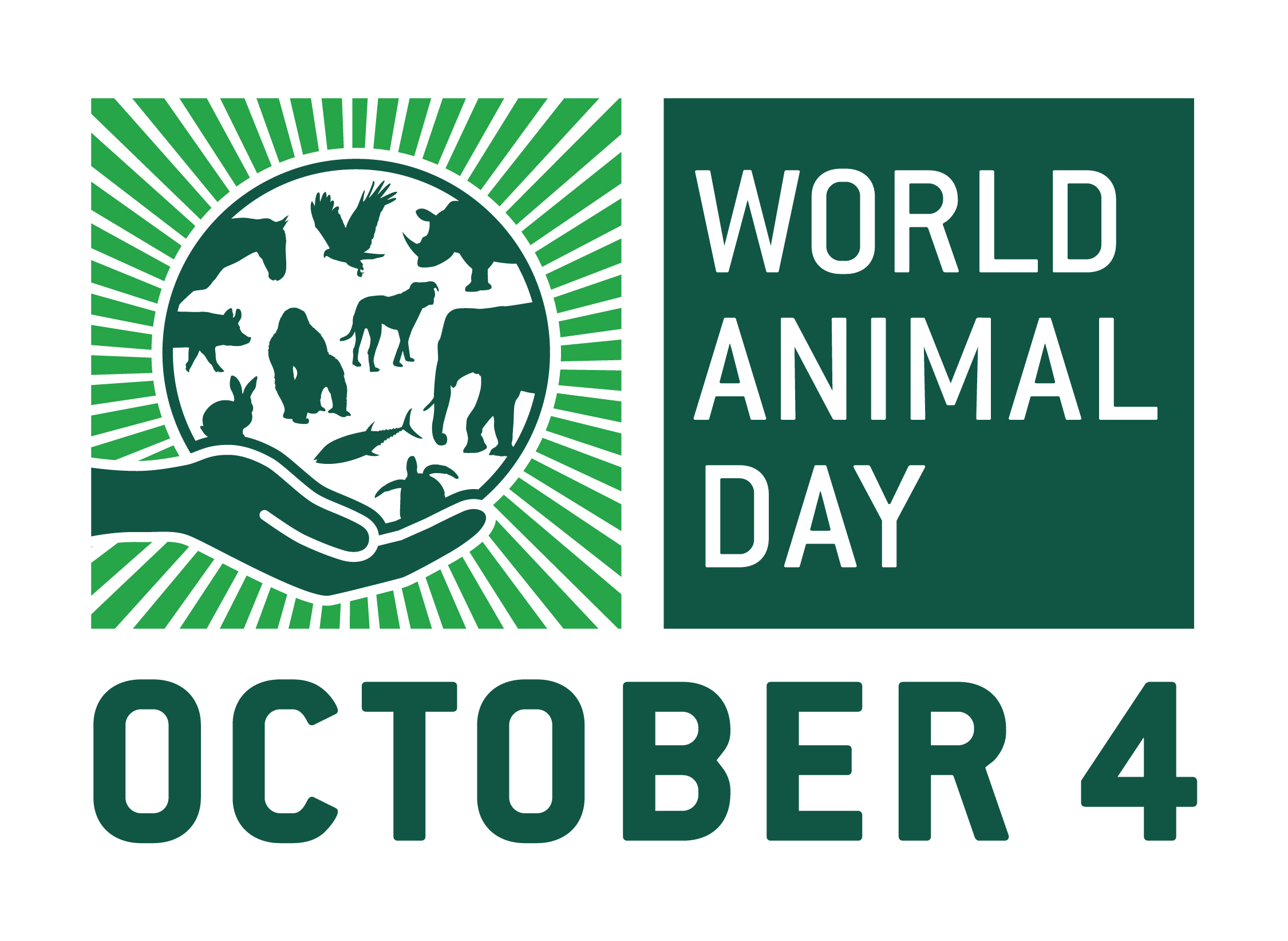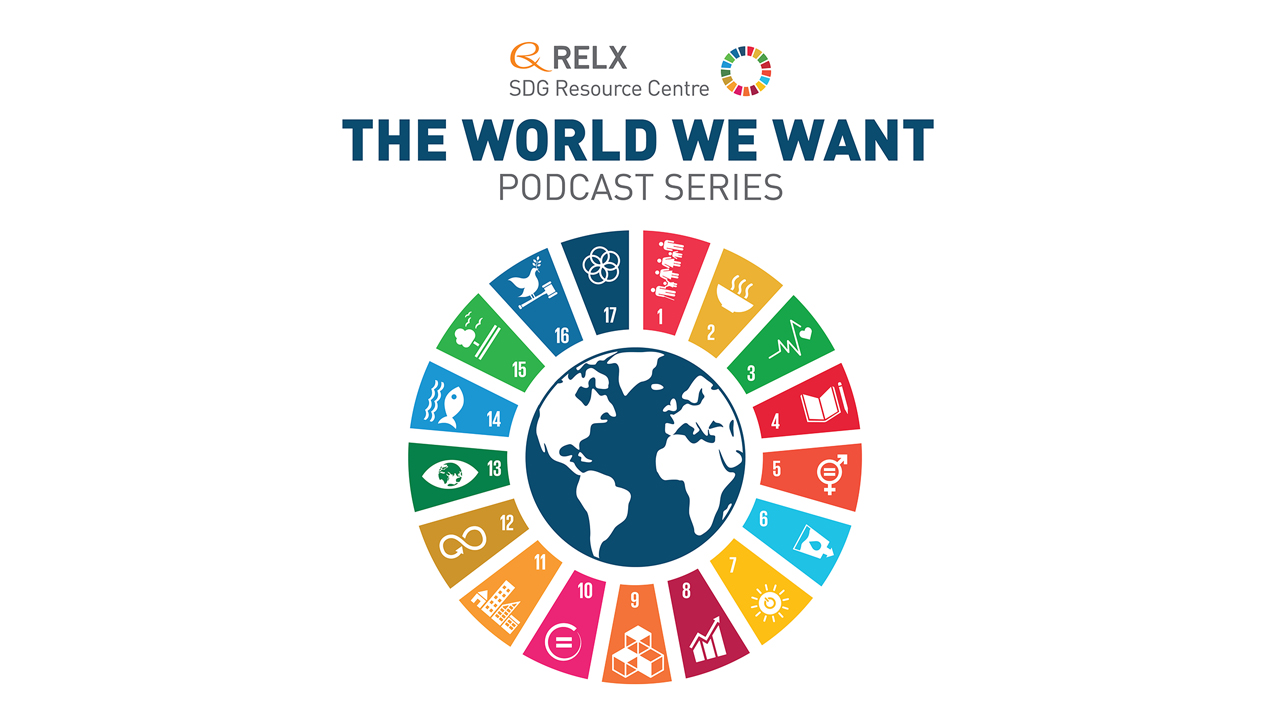World Patient Safety Day 2024
Patient safety stands at the forefront of quality healthcare, emphasizing the importance of avoiding harm to patients during care. The World Health Organization (WHO) recognizes the critical nature of patient safety and observes World Patient Safety Day every year. This day serves as a global platform to discuss, strategize, and drive initiatives that place patient safety at the core of healthcare systems worldwide.
Significance of Patient Safety
Safe patient care is paramount for various reasons:
World Soil Day 2025
Soil, often overlooked, is one of nature's most incredible assets. A single handful contains more microorganisms than there are humans on Earth. This diverse ecosystem under our feet supports life in myriad ways, from growing the food we eat to acting as a natural filtration system. World Soil Day, observed every December 5th, is a global call to recognize the indispensable role of soil in our lives and the urgent need to protect it.
The Indispensable Role of Soil
World Animal Day exists to raise the status of animals and improve welfare standards around the globe.
It’s a day of celebration for animal lovers everywhere.
On October 4, it’s our chance to mobilise into a global force, to take action against animal cruelty, neglect and unfair treatment and make the world a better place for all animals.
[From: https://www.worldanimalday.org.uk/about-us/]
This paper reviews the integration of diverse medical data types to enhance personalized healthcare, proposing a unified framework that aligns with the DIKW hierarchy and supports advances across predictive, preventive, personalized, and participatory medicine. It aims to guide researchers and practitioners in harnessing multimodal fusion to transform patient care.




